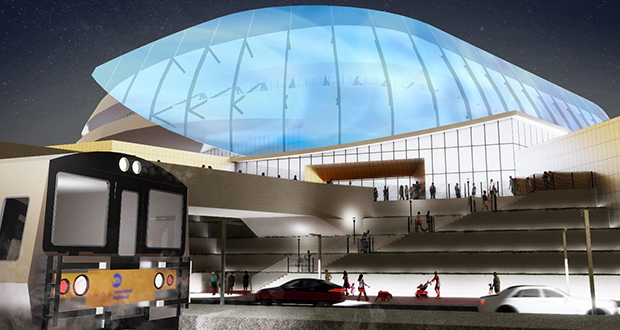As published in The Hauppauge Reporter
By Richard Neuman
Vice President & Long Island Market Lead
Project and Development Services
JLL
As people continue to flock to suburban areas, building owners’ strategies are evolving to attract them to their developments. Owners and investors are adapting mixed-use properties to turn them into destinations in their own right. Instead of simply meeting a couple of basic conveniences such as a local grocery store, a pizzeria or a nail salon, developers are going the distance to incorporate a full mix of hotel, office, retail and residential offerings.
Owners are increasingly looking at facilities with broader offerings that make a planned neighborhood come alive, from trendy shops and restaurants to stadiums that can provide a winning edge. The focus is on human-centric designs that provide experiences. Some developers are even approaching mixed-use projects like they would a theme park, carving out space for cultural events and entertainment.
Building occupants, neighbors, tourists, and developers all stand to benefit from these modern developments that combine convenience and choice. More people want to be part of the experience but there’s only so much real estate available to go around. By replicating the live-work-play environment in a smaller area, developers can deliver those active lifestyles to more people outside the suburban core, and at a relatively lower cost.
But this movement is not just about adding entertainment and restaurants, it’s also about aiding the practical flow of life. Many of the most popular mixed-use sites are located near public transit and are built specifically with accessibility in mind. By offering amenities-rich residential and office space in close proximity, a great mixed-use development can make it easier to move from business to personal time, and back.
For example, a young professional might leave work in one of the development’s buildings, then head around the corner to a grocery store to pick up ingredients for that night’s dinner, then continue up to his or her modern apartment — all in and around the same block.
The Regional Planning Association recently released its revitalization plan for the Hauppauge Industrial Park, now renamed the Hauppauge Innovation Park, which highlights the need to transform the outdated warehouse space at the park into modern facilities that meet the needs of the thriving e-commerce industry and Long Island’s workforce.
The revitalization plan includes a strong focus on public spaces for gathering, interaction and creative programming. Some of the suggestions include identifying and redesigning green spaces at the park to allow for public events, as well as redesigning key corridors for pedestrian and bike accessibility and friendliness.
People who reside in these developments typically appreciate a greater sense of community than may have been possible before. The developers of Assembly Row, located in an inner suburb of Boston, have invested $1.2 billion to transform what was once an industrial area with no community identity, into a retail-rich, pedestrian-friendly hub where neighbors can socialize along the revitalized waterfront.
Corporate occupiers are jumping on the mixed-use bandwagon, too, recognizing the business value of location in attracting the best employees. The Domain in Austin, Texas, a mixed-use enclave surrounded by traditional office campuses, has started to rival the Downtown area in recent years as it attracted a number of high-profile tenants.
Demand for experience-driven developments is likely to increase further in the coming years. It’s a natural extension of the emphasis on inspiring workplaces in the United States. People are learning they can get more out of their offices, as well as their neighborhoods, which ultimately helps both business and communities.”
While not all mixed-use projects are created equal, there are some that are created successfully – and these are the ones that are likely to stay relevant in coming years and inspire other developments to follow their lead.
Discover more from Helping NYC & Long Island Commercial Tenants, Owners, and Developers
Subscribe to get the latest posts sent to your email.

